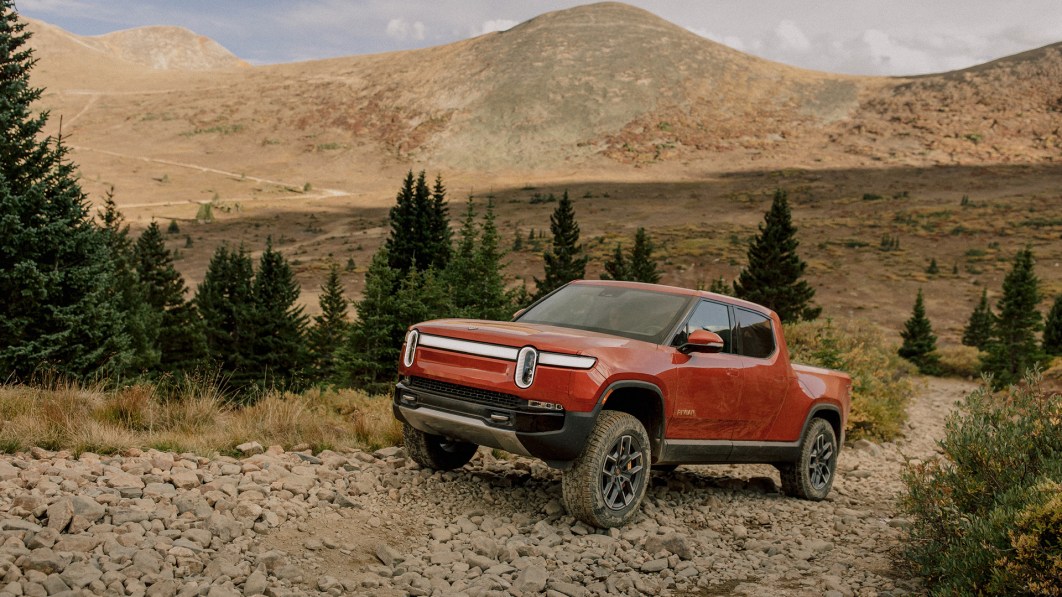Hi all,
We just got a design for a solar roof on our house here in the Berkshires. We have a 3600 sqft house + 800 sq ft guest house where my mother lives (connected to power at the main house). Geothermal heats and cools the main house. over the past 12 mos. we used 32,083 kWh. The design for the solar roof says it would have a 48% energy offset. Our power usage is significantly higher in the winter due to the geothermal heat. Our bills tend to be twice as high in winter months ($980 last month vs. $5-600 in summer months and $4-500 in shoulder season months). We do need a new roof in the next couple of years, which I assume would be in the $20k range based on complexity and approx. 3000 square feet of roof.
Here are the pertinent details from the Tesla solar roof design estimate:
48% Energy Offset
$71,786.47 Net Cost
Solar Roof $89,964.35
Roof Replacement $9,933.50
Installation Cost Included
Install Solar Roof + Powerwall together-$2,000.00
Deposit-$250.00
Total System Price $116,647.85
Down Payment - $11,689.79
Total Loan Amount $104,958.06
Federal Tax Credit - $27,810.73
ConnectedSolutions - $7,000.00
SMART Solar Incentive - $3,567.52
SMART Storage Incentive Adder-$5,733.13
MA Solar Tax Credit-$1,000.00
Net Cost $71,786.47
Est. Amount Financed $104,958.06
First Month's Payment $1,013.00 /mo
Term10 Year


We just got a design for a solar roof on our house here in the Berkshires. We have a 3600 sqft house + 800 sq ft guest house where my mother lives (connected to power at the main house). Geothermal heats and cools the main house. over the past 12 mos. we used 32,083 kWh. The design for the solar roof says it would have a 48% energy offset. Our power usage is significantly higher in the winter due to the geothermal heat. Our bills tend to be twice as high in winter months ($980 last month vs. $5-600 in summer months and $4-500 in shoulder season months). We do need a new roof in the next couple of years, which I assume would be in the $20k range based on complexity and approx. 3000 square feet of roof.
Here are the pertinent details from the Tesla solar roof design estimate:
48% Energy Offset
$71,786.47 Net Cost
Solar
- 21.24 kW Solar
$89,964
48% Offset
Powerwall
2 Powerwalls $19,000 0.5 Days backup powerSolar Roof $89,964.35
Roof Replacement $9,933.50
Installation Cost Included
Install Solar Roof + Powerwall together-$2,000.00
Deposit-$250.00
Total System Price $116,647.85
Down Payment - $11,689.79
Total Loan Amount $104,958.06
Federal Tax Credit - $27,810.73
ConnectedSolutions - $7,000.00
SMART Solar Incentive - $3,567.52
SMART Storage Incentive Adder-$5,733.13
MA Solar Tax Credit-$1,000.00
Net Cost $71,786.47
Est. Financing Details
$11,689.79 down, 10 years, 2.99% APREst. Amount Financed $104,958.06
First Month's Payment $1,013.00 /mo
Term10 Year



